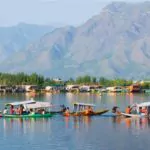Essential Things To Pack For A Road Trip
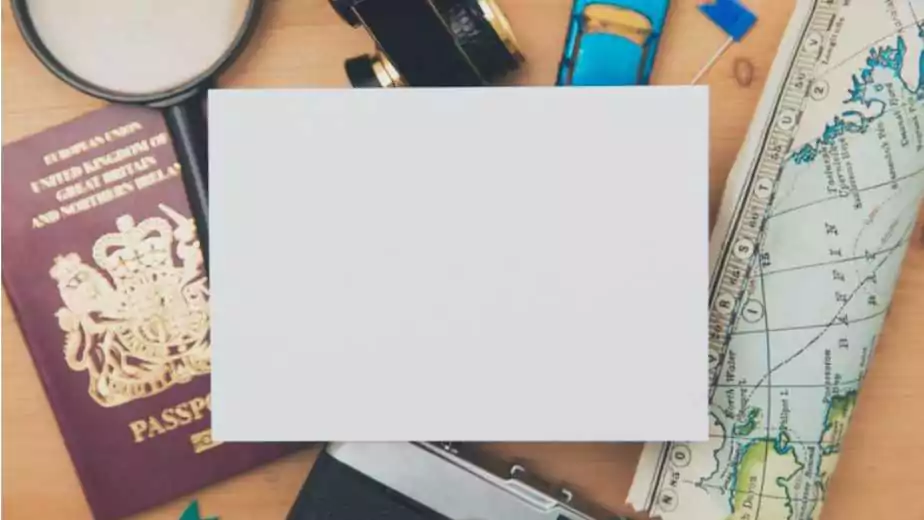
There’s something inherently thrilling about a road trip – the open road ahead, the endless possibilities of destinations, and the promise of countless memories waiting to be made. Whether it’s a spontaneous weekend getaway or a meticulously planned cross-country journey, road trips epitomize the spirit of adventure and freedom.
However, the key to a truly enjoyable road trip lies in the preparation, particularly in what you pack. It’s not just about throwing a few things into a bag; it’s about strategically packing the essentials to ensure your journey is as smooth as the open road ahead. This means considering every aspect of the trip – from navigation and comfort to entertainment and emergencies.
To help you embark on your next adventure with confidence, we’ve compiled a comprehensive list of things to pack for a road trip. This list is designed to ensure you’re well-equipped for whatever the road throws your way, allowing you to focus on making unforgettable memories. Stay tuned as we dive into the essentials of the ultimate road trip packing guide.
1 Essential Documents and Cash
Essential Documents
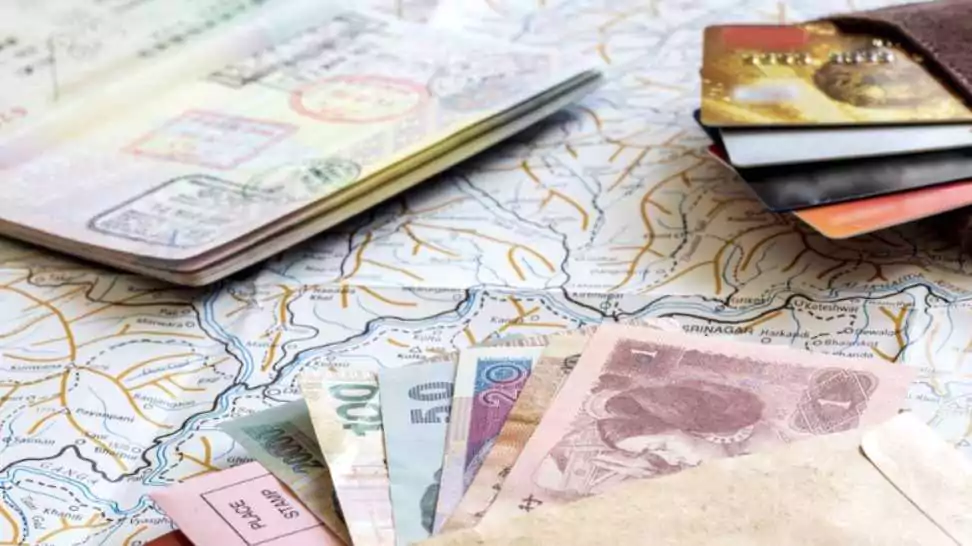
A road trip is as much about the journey as the destination, and ensuring you have all the necessary documents is crucial for a hassle-free experience. Here are the key documents you should never leave behind:
- Driver’s License: This is an absolute must-have. Not only is it legally required for driving, but it also serves as your primary ID.
- Vehicle Documents: This includes your registration and proof of vehicle insurance. These documents are crucial, especially in the event of a traffic stop or an accident.
- Insurance Information: Apart from vehicle insurance, it’s wise to carry any relevant health insurance cards. In case of a medical emergency, having this information readily accessible can be invaluable.
Cash and Cards
While we live in a digital age, cash is still king in many scenarios during road trips. Here are some tips for managing your finances on the road:
- Carry a Mix of Cash and Cards: While cards are convenient, there are still places where cash is either necessary or just easier to use, such as at small local eateries or for parking meters.
- Safety First: Don’t carry all your cash in one place. Spread it out in different locations (like some in your wallet, and some in your luggage) to mitigate loss or theft.
- Notify Your Bank: Inform your bank about your travel plans to avoid your card being flagged for suspicious activity.
Digital Resources
In today’s digital age, your smartphone is one of your most powerful tools on a road trip. Here’s how you can make the most of it:
- Navigation Apps: Apps like Google Maps or Waze are essential for route planning and finding the best paths to your destination. They can also update you on traffic conditions in real time.
- Emergency Apps: Have apps that can help in emergencies, such as those providing roadside assistance or first-aid information.
- Local Guides and Reviews: Apps like TripAdvisor or Yelp can be invaluable in finding local dining, lodging, and attractions.
2 Clothing and Personal Items
Choosing the Right Clothing

The secret to enjoying your road trip to the fullest is dressing comfortably and appropriately for your destination’s weather and planned activities. Here’s how you can pack smart:
- Layer Up: Weather can be unpredictable, especially if you’re travelling through different regions. Pack layers – t-shirts, sweaters, and a jacket – so you can easily adjust to changing temperatures.
- Destination-Specific Gear: Heading to the beach? Don’t forget your swimwear. Hiking in the mountains? Pack durable, moisture-wicking clothing. Tailor your wardrobe to your activities.
- Space-Saving Tips: Roll your clothes instead of folding them to save space. Consider versatile pieces that can be mixed and matched to create different outfits.
Footwear: The Foundation of Comfort
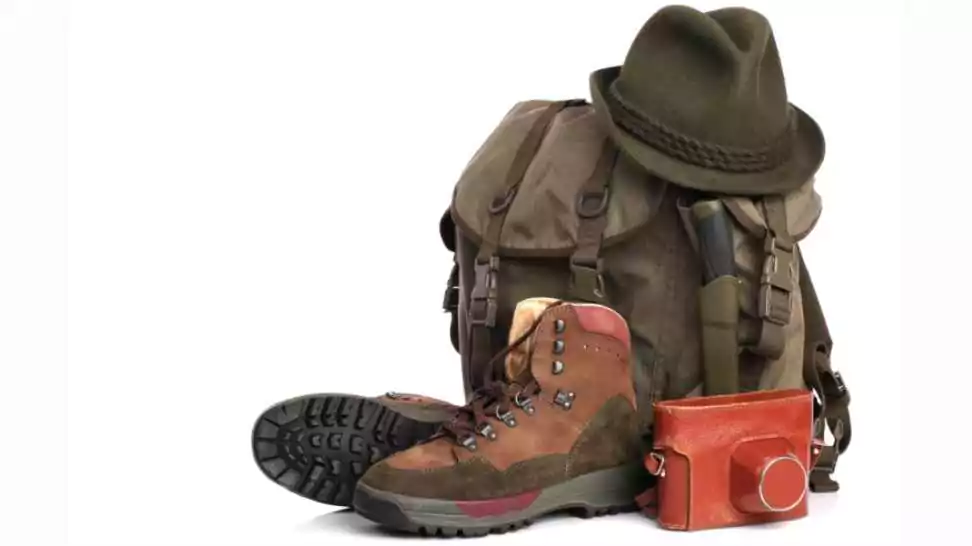
Your feet will thank you for prioritizing comfort, especially on a road trip where you might be driving for long hours or exploring new places.
- Everyday Wear: Pack a reliable pair of sneakers or comfortable walking shoes suitable for most activities.
- Activity-Specific Shoes: If your trip includes hiking, beach time, or formal dining, pack accordingly – hiking boots, sandals, or dress shoes.
- Socks Matter: Don’t skimp on socks. Cushioned, breathable socks can make a big difference in your comfort level.
Personal Items Checklist
Packing personal items requires a balance – you want to have everything you need without overpacking. Here’s a checklist to help you cover all the essentials:
- Toiletries: Toothbrush, toothpaste, deodorant, shampoo/conditioner, soap, sunscreen, and any other personal hygiene products you use daily.
- Medications: Any prescription medications, pain relievers, allergy medicines, and perhaps a small first-aid kit.
- Glasses/Contact Lenses: If you require them, along with cleaning solutions and a spare pair.
- Miscellaneous: Lip balm, moisturizer, hand sanitizer, and tissues.
Packing Light Yet Comprehensive
The art of packing for a road trip is finding the balance between being prepared and overpacking. Here are some tips:
- Multi-Use Items: Opt for items that serve more than one purpose. For example, a sarong can be a beach towel, a wrap, or a light blanket.
- Limit ‘Just in Case’ Items: Focus on what you know you’ll need. Avoid packing items for scenarios that are unlikely.
- Space-Saving Accessories: Use travel-sized containers for toiletries and compression bags for clothing to maximize space.
3 Food and Drinks
Packing the Right Food
The food you bring along can make a significant difference in your road trip experience. It’s not just about satisfying hunger; it’s about fuelling your body for the journey. Here’s what to consider:
- Non-Perishable Items: Opt for foods that don’t require refrigeration and have a longer shelf life. Examples include trail mix, nuts, granola bars, peanut butter, and dried fruits.
- Convenience and Nutrition: Choose items that are both easy to eat and nutritious. Whole grain crackers, pretzels, and popcorn are great snack options that are less messy and healthy.
- Avoiding Sugar Highs and Lows: While it might be tempting to stock up on sugary snacks, they can lead to energy crashes. Balance them with protein-rich foods like jerky or cheese sticks.
Staying Hydrated

Hydration is key, especially when you’re spending long hours on the road. Here are some tips to stay hydrated:
- Water Bottles: Bring reusable water bottles for each person. They’re eco-friendly and can be refilled at rest stops.
- Water Storage and Purification: If venturing into remote areas, consider larger water storage containers or a portable water purifier.
- Avoiding Excessive Caffeine and Sugary Drinks: These can lead to dehydration. Opt for water, herbal teas, or diluted fruit juices instead.
Coolers and Portable Fridges
Keeping some of your food and drinks cool can be a game changer, especially on longer trips. Here’s how to make the most of your cooler or portable fridge:
- Pre-Chill Your Cooler: Before you pack it, fill it with ice or pre-cooled items to keep the temperature down.
- Use Ice Packs or Frozen Water Bottles: They are less messy than loose ice and can be reused.
- Pack Efficiently: Place items you’ll need first on top and less frequently used items at the bottom. Keep it closed as much as possible to retain the cool temperature.
Healthy Snacks and Meals
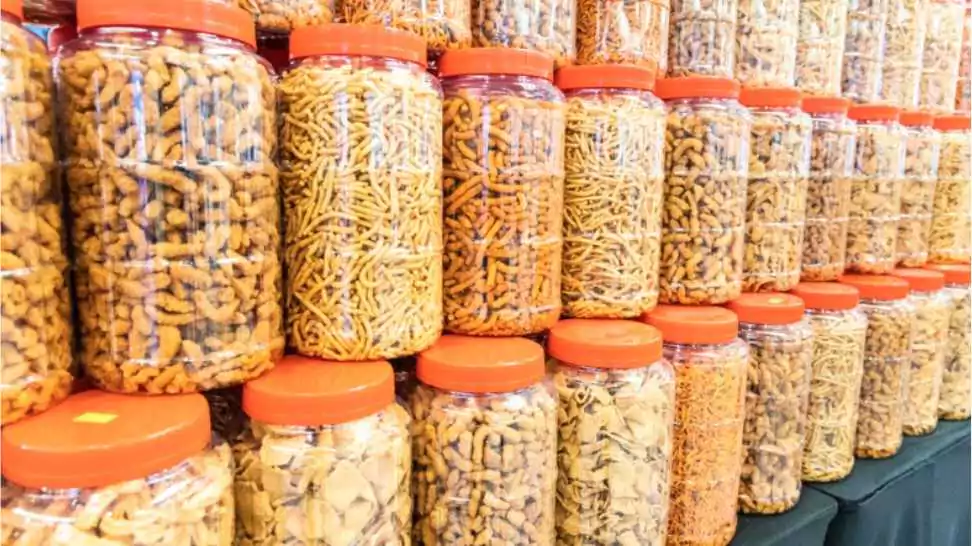
Regular stops for fast food can be unhealthy and expensive. Consider these alternatives:
- Prepare Homemade Meals: Sandwiches, wraps, or salads prepared beforehand can be both healthier and more satisfying.
- Fruits and Vegetables: Carrot sticks, apple slices, or cherry tomatoes are great for snacking and don’t create much waste.
- Plan Your Stops: Research healthy eating options along your route, so you have alternatives to fast food.
4 Entertainment and Comfort
In-Car Entertainment
Long hours on the road can sometimes lead to boredom, especially for passengers. Keeping everyone entertained is key to a pleasant journey. Here’s what you can pack:
- Music Playlists: Create a playlist of your favourite songs or explore new music. Platforms like Spotify and Apple Music allow you to download playlists for offline listening.
- Audiobooks and Podcasts: These are great for passing time and can be both entertaining and educational. Choose from a variety of genres to suit everyone’s interests.
- Offline Content: Remember that streaming might not always be an option in remote areas. Download movies, shows, or episodes in advance for uninterrupted entertainment.
Packing for Comfort
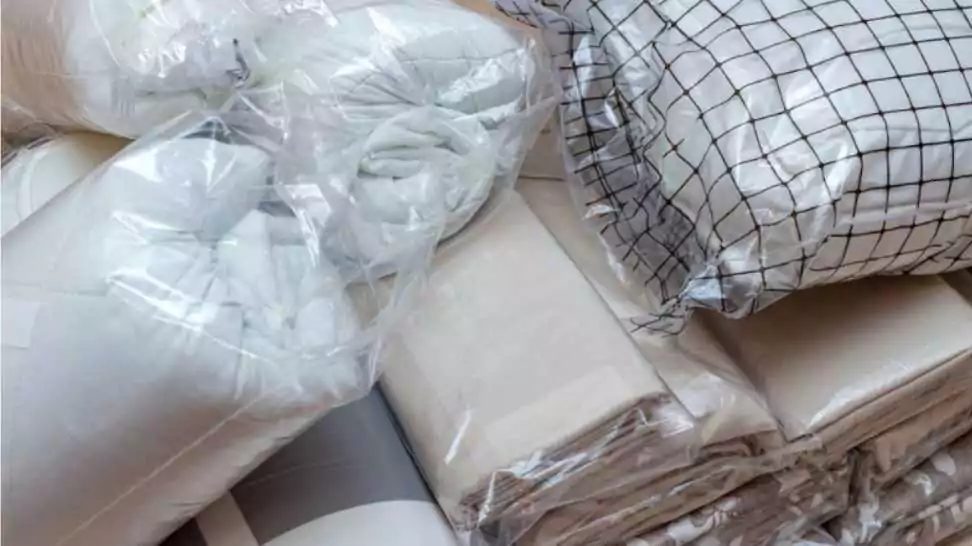
Comfort on the road is not just a luxury; it’s a necessity. Here’s how to ensure a cosy journey:
- Travel Pillows and Blankets: These make napping in the car more comfortable. Neck pillows are particularly helpful for passengers to avoid sore necks.
- Seat Organisers: Keeping your car organised can significantly add to your comfort. Use seat organisers to hold snacks, drinks, and entertainment devices within easy reach.
- Sunshades for Windows: These can be crucial for preventing glare and keeping the car cooler on sunny days.
Games and Activities

Engaging in games and activities can be a fun way to bond and make the journey more enjoyable. Here are some suggestions:
- Travel-Friendly Board Games and Card Games: Compact versions of popular games can provide hours of entertainment.
- Interactive Games: Classic road trip games like ‘I Spy’, ’20 Questions’, or ‘License Plate Bingo’ don’t require any packing and can be a lot of fun.
- Creative Activities: For those who enjoy being creative, consider packing sketchbooks, travel journals, or portable craft supplies.
5 Gadgets and Technology
Essential Gadgets for the Road
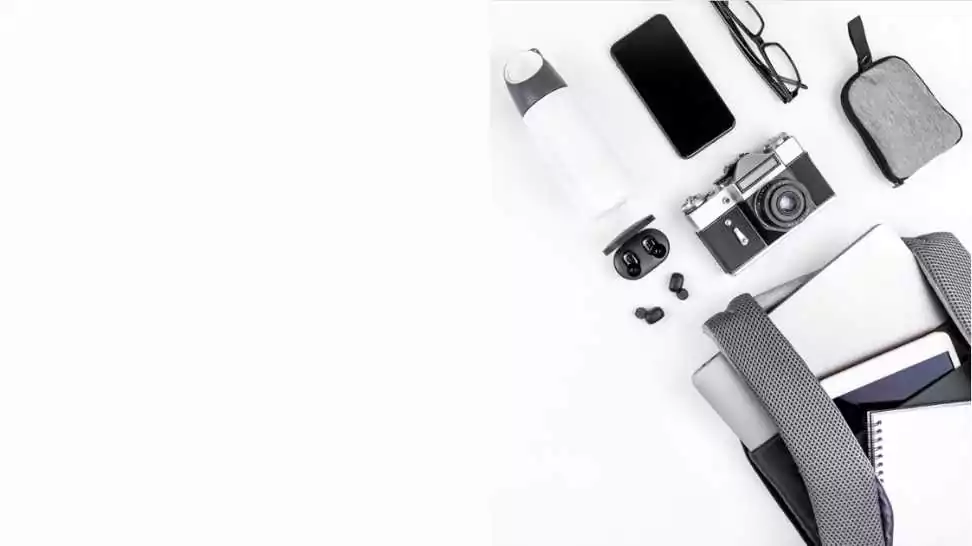
In today’s world, technology plays a vital role in enhancing and simplifying our travel experiences. Here are some essential gadgets to consider for your road trip:
- Smartphone: Your smartphone is a versatile tool that serves many purposes: communication, navigation, photography, and entertainment.
- Camera: For those who are passionate about photography, bringing a dedicated camera can help capture high-quality memories of your trip.
- Portable Charger/Power Bank: Keeping your devices charged is crucial. A portable charger ensures you stay connected, especially during long stretches without access to power outlets.
- GPS Device: While many use smartphones for navigation, a standalone GPS device can be a reliable alternative, especially in areas with poor cell reception.
Managing Gadget Usage and Storage
Efficient use and storage of your gadgets can make your road trip smoother:
- Usage Management: To conserve battery life, use devices sparingly and switch them off when not in use. Utilise power-saving modes on smartphones and tablets.
- Organised Storage: Keep your gadgets in a designated bag or compartment. This helps in easy accessibility and protects them from damage.
- Charging in the Car: Invest in a good quality car charger that can charge multiple devices simultaneously.
The Importance of a Paper Map
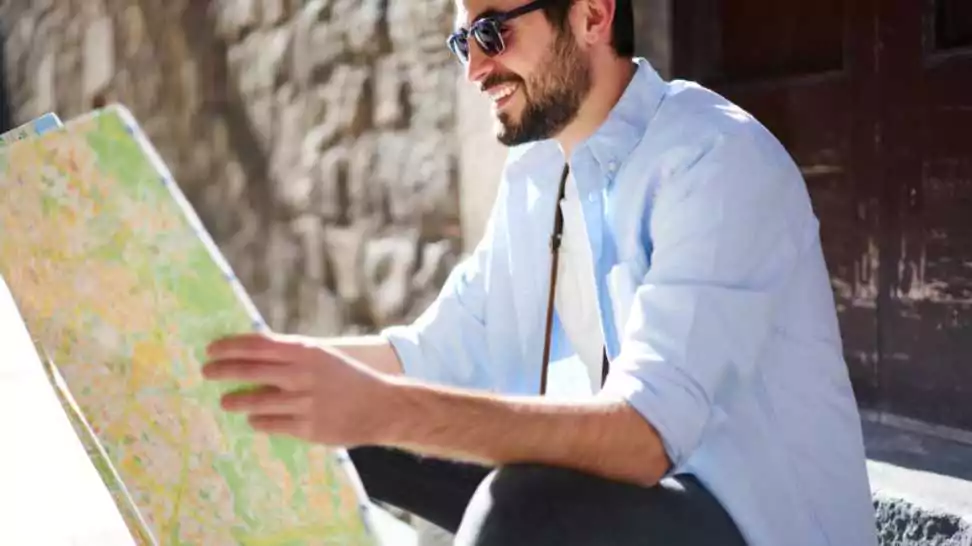
Despite the advanced technology at our disposal, there is still a place for traditional navigation tools:
- Reliability: A paper map is a reliable backup in areas with no network coverage. It ensures you’re never truly lost, even when digital navigation fails.
- Broader Perspective: Paper maps provide a broader view of your surroundings and can help plan detours or explore nearby points of interest.
- Teaching Tool: For families, it’s a great way to teach kids about geography and navigation in a practical setting.
6 Safety and Emergency Gear
Essential Safety Items
Safety should always be a top priority on any road trip. Being prepared for emergencies can make a significant difference. Here’s a checklist of essential safety items:
- First Aid Kit: Include bandages, antiseptic wipes, pain relievers, allergy medications, and any personal medications.
- Flashlight with Extra Batteries: Essential for night time emergencies or if you need to inspect your vehicle in the dark.
- Multi-Tool: A versatile tool that can come in handy for minor repairs or in emergencies.
- Spare Tire, Jack, and Lug Wrench: Ensure they are in good condition and that you know how to use them.
Preparing for Unexpected Weather
Weather can be unpredictable, and being prepared for all conditions is key:
- Rain Gear: Pack raincoats and umbrellas to stay dry in unexpected rain showers.
- Extra Layers: Even if you’re travelling in summer, it’s wise to have extra layers like a sweater or a fleece, especially for cooler evenings or higher altitudes.
- Sun Protection: Include sunglasses, hats, and sunscreen, especially if you’re going to be outdoors during the day.
Basic Car Repair Kit and Knowledge
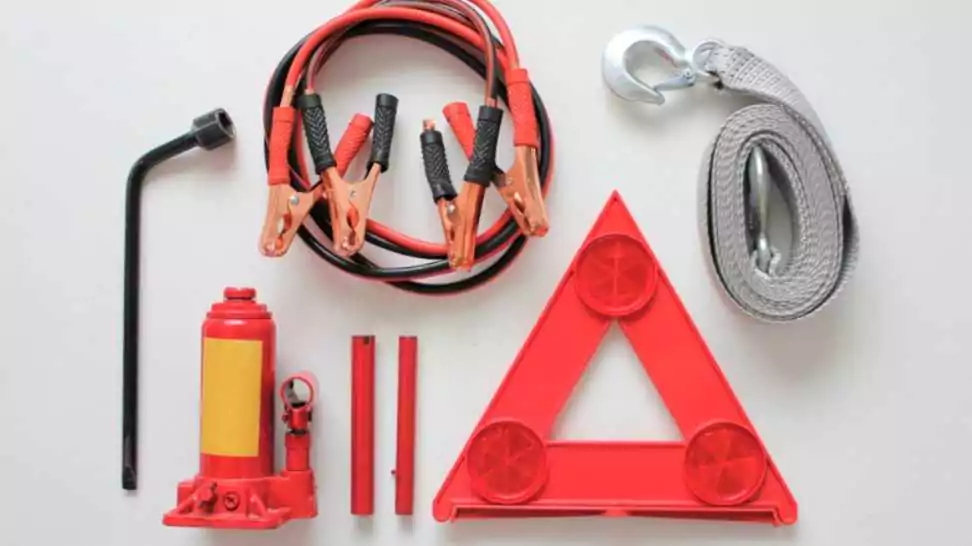
A basic car repair kit can be a lifesaver on the road. Here’s what to include and why it’s important to understand its usage:
- Car Repair Essentials: Jumper cables, tire pressure gauge, spare fuses, duct tape, and a basic set of tools like screwdrivers and pliers.
- Understanding Usage: Familiarise yourself with basic car repairs like changing a tire, jump-starting your car, or checking tire pressure. There are plenty of online tutorials or classes that can teach you these skills.
- Emergency Contact Information: Have a list of emergency contacts, including roadside assistance, in an easily accessible place.
7 Organisational Tips and Tricks
Keeping Your Car Organized
A well-organised car not only makes items easier to find but also creates a more comfortable and safer environment. Here are some tips:
- Use Organisers: Invest in backseat organisers, trunk organisers, or seat gap fillers. They are perfect for storing snacks, gadgets, and small items, keeping them accessible yet out of the way.
- Designated Trash Bags: Have a small trash bag within easy reach. This helps keep the car clean and prevents litter from accumulating.
- Essentials Within Reach: Keep essential items like water, snacks, maps, and sunglasses in easy-to-reach places. Non-essential luggage can be stored in the trunk or roof carrier.
Packing Hacks for Maximising Space
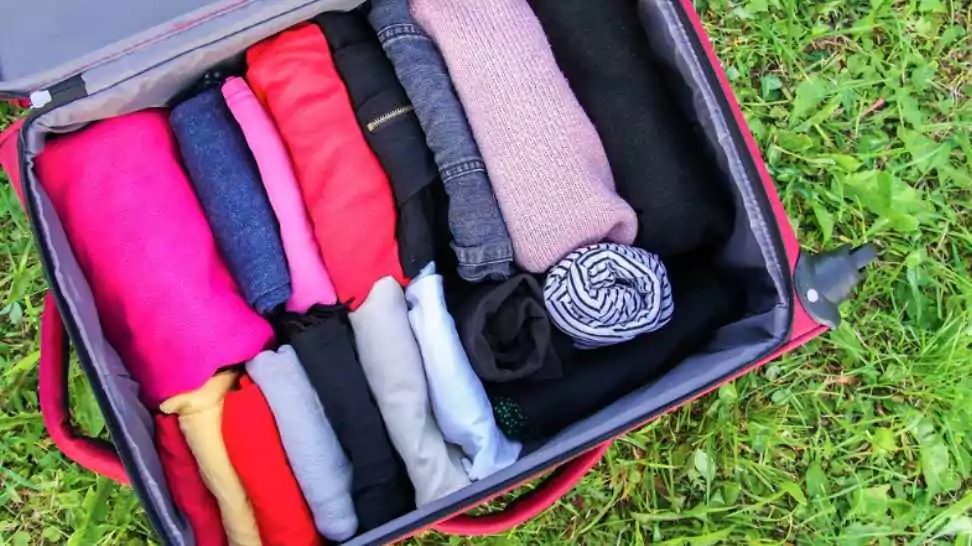
Packing efficiently can save you from a lot of hassles. Here are some hacks to maximise space and maintain accessibility:
- Roll, Don’t Fold: Rolling clothes instead of folding them can save a significant amount of space in your luggage.
- Utilise Hidden Spaces: The areas under seats and the space’s indoor compartments can be used for extra storage.
- Compression Bags: For bulky items like jackets or blankets, use compression bags to reduce their size.
Importance of a Pre-Trip Vehicle Check up

Before you hit the road, a thorough check up of your vehicle is crucial:
- Check Fluids: Ensure that your car’s oil, coolant, brake, and windshield washer fluids are at the appropriate levels.
- Tire Inspection: Check tire pressure and tread depth. Also, make sure your spare tire is in good condition.
- Lights and Brakes: Test all lights – headlights, brake lights, turn signals – and listen for any unusual noises when you apply the brakes.
- Emergency Roadside Kit: Ensure you have a well-stocked emergency kit, which should include items like a flashlight, basic tools, and a reflective warning triangle.
8 Wrapping Up
Throughout this guide, we’ve emphasised that effective packing for a road trip is more than just filling up a suitcase. It’s about foresight, preparing for surprises, and making sure every aspect of your trip is enjoyable. Each item you pack, from documents to snacks and emergency gear, plays a vital role in shaping your road trip.
Remember, there’s no universal packing list; every journey is different. Use our “What to Pack for a Road Trip” checklist as a baseline, customising it to suit your specific needs and preferences, whether you’re travelling solo or with others, to the mountains or the coast.
So, pack thoughtfully, embark with confidence, and focus on creating memorable experiences and stories to tell. Safe travels and happy adventures!
Community Q&A
About This Article
This article has been viewed 139 times.


